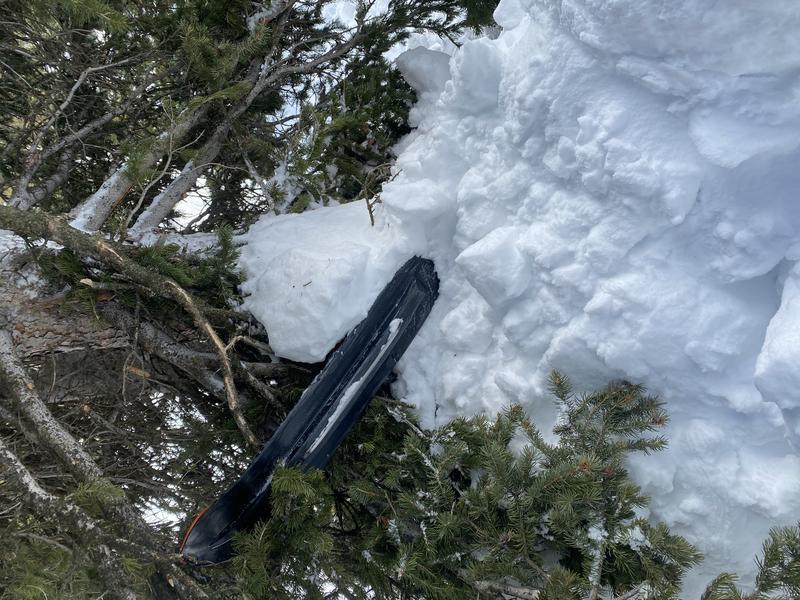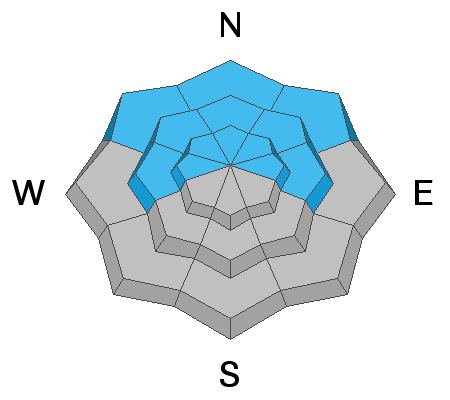Forecast for the Logan Area Mountains

Issued by Toby Weed on
Friday morning, March 25, 2022
Friday morning, March 25, 2022
This weekend and today, the warmest temperatures of the year will cause dangerous avalanche conditions and CONSIDERABLE danger on many backcountry slopes steeper than 30°. In northerly facing terrain, people could trigger dangerous slab avalanches, up to two feet deep and a couple hundred feet wide, failing on a buried persistent weak layer of faceted snow. Natural and human triggered loose wet avalanches are likely at all elevations, and wet slab avalanches are becoming more possible with the heat.
*Careful snowpack evaluation, cautious route-finding, and conservative decision making are essential for safe backcountry travel.

Low
Moderate
Considerable
High
Extreme
Learn how to read the forecast here









